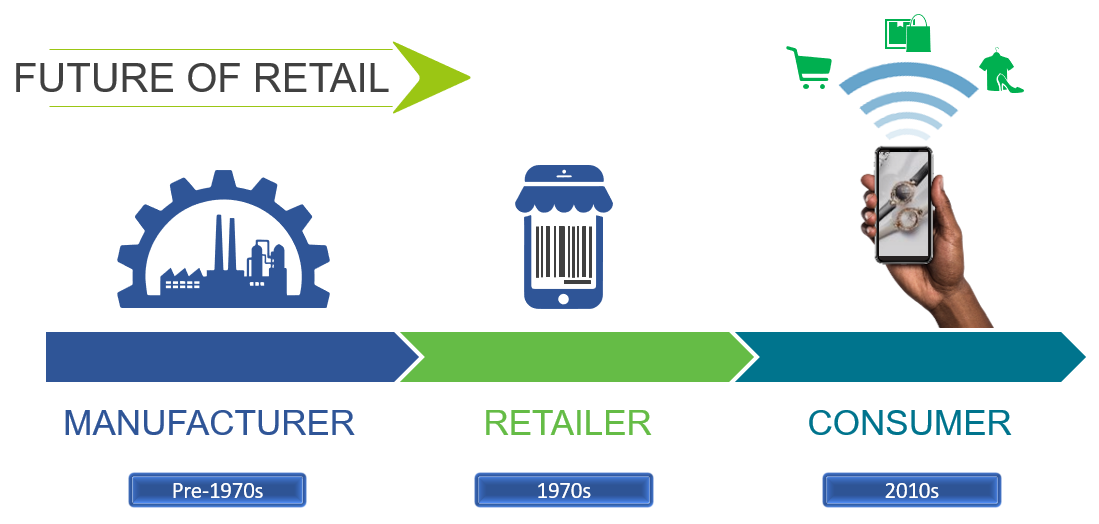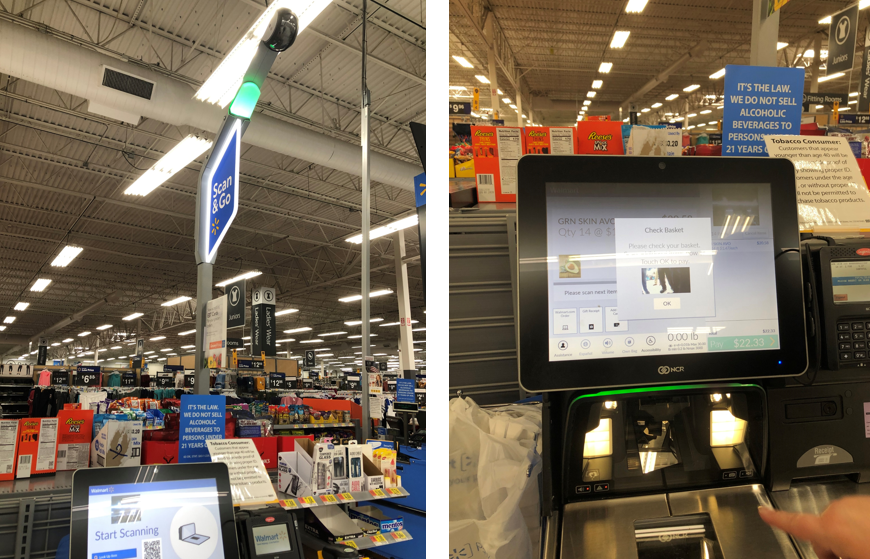The Future of Retail Store Operations and Asset Protection

"Information is power, and the gain you get from empowering your associates more than offsets the risk of informing your competitor." - Sam Walton
Most impressive from a recent evening visit to the Walmart Museum in Arkansas were the company’s yearly chronological milestones throughout the exhibit areas. Being a technology geek, my focus quickly transitioned to understanding the historical innovation adoption cycle. Additionally, as a student of leadership, of interest was the culture messaging of founder Sam Walton in growing the company.
The following day, I had the pleasure of spending quality time with the Walmart Asset Protection (AP) team. Part of the trip included touring new technologies deployed at a store in Tulsa, Oklahoma.
The Walmart Museum, the AP conversations, and the store walk were a great reminder of several key success formula ingredients in crafting the world’s largest retailer.
The Three Megatrends Driving the Future of Retail
Post-World War II, technology has been the primary engine driving the retail industry's transformation through three powerful megatrends.

Pre-1970, ever efficient data-generating manufacturer production lines optimized retail supply chains. The introduction of the UPC Barcode in the 1970s empowered retailers to take control of their own destiny.
The current megatrend phase emerged with the advent of the Smartphone. Consumers are now the power brokers of the retail shopping journey.
The visit to the Museum confirmed my global keynote messaging from above chart that Walmart is an example retailer that understood key innovation transitions. Sam Walton was on the money when he said “information is power." It is the foundational data intelligence enabler of continuous business model improvements.
Walmart Innovation Accelerates
In response to mobile empowered consumers and ecommerce trends, Walmart has accelerated deployments of new technologies. An example is the Retail Intelligent Lab in Levittown, New York.
In April, Walmart announced the expansion to 350 stores of autonomous artificial intelligence computer vision mobile robots (AMRs) used to provide real-time on-shelf product data. Note below video has no sound.
The company is also expanding autonomous, self-driving floor scrubbers from 300 to 1500 locations and by the end of the year will have 1700 robotic BOPIS (Buy-On-Line-Pickup-In-Store) towers.
Continuous Asset Protection Innovation
The spirit of unending incremental innovation was alive and well represented during my visit to the Walmart AP test store in Oklahoma. For security reasons, I will only comment on a few of the technologies and will not go into extensive details observed during the tour.
Numerous science-backed solution examples from the Loss Prevention Research Council (LPRC), including vivid reminders of the "See it, Get it, Fear it" theft deterrence philosophy are present throughout the Tulsa store. In the parking lot and on strategic locations around the building, you will find the "Lot Cop" where solar power, visual lighting, video with analytics, and audio capabilities combine in a unique solution to deter crime.

To understand Zone 4 parking lot protection, read Welcome to Omnichannel Retail Loss Prevention, on LPRC zones of influence layered security theft deterrence.
A Self-Checkout Secure Future
From multiple perspectives, the front-end of the Oklahoma store is the future of retail. Consumer have an extensive number of options to complete their shopping journey while passive / active security solutions deter Point-of-Sale (POS) criminal activities.
Walmart has deployed computer vision technology with artificial intelligence (AI) powered cameras to monitor checkouts in more than 1,000 stores.

The POS terminals in the Tulsa store have a Walmart patented camera installation with built-in analytics that integrate a public view image of the shopper into the transaction. Also being tested is video transaction monitoring for bottom of the basket items in large orders.

This particular location has 30 self-checkout stations, including full-belt variations. Larger public view monitors are above the lanes, each testing different features of incremental deterrence.
Additional public view monitors are also prevalent throughout the store, either in high theft categories (ePVMs) or at door exits.
A Culture of Accountability
The visit to the Museum was a great reminder of the company culture created by Sam Walton. His “Top 10 Rules for Business Success” continue to resonate today.
Pleasantly surprised that Sam’s motivational ideas can still be found behind the scenes in Walmart stores. The rules for success were summarized in the employee breakroom. Sam’s image and multiple of his quotes make an appearance in the back of the store.
Of interest on this trip was the backroom poster-size employee accountable shrink and safety dashboard. The short QR-activated training videos on the different tasks was a creative addition to the action items.
The Secrets to Walmart's Success
The secrets to Walmart’s continued success include a continuous history of incremental innovation. Road-mapped additive solution layers to any new technology while concurrently lowering overall costs creates win-win long-term vendor partnerships.
Just as important to innovation is the continued focus on the growth culture originally envisioned by Sam Walton. Today, both technology and culture are primarily concentrated on the evolving consumer shopping journey.
“There is only one boss. The customer. And he can fire anybody in the company from the chairman on down, simply by spending his money somewhere else.” – Sam Walton
----------------------
My appreciation to the Walmart Asset Protection team for the kind hospitality and the openness of the innovation dialogue during my visit. Opening image and videos courtesy of Walmart media.

















